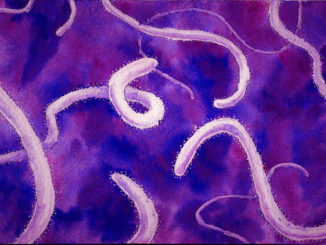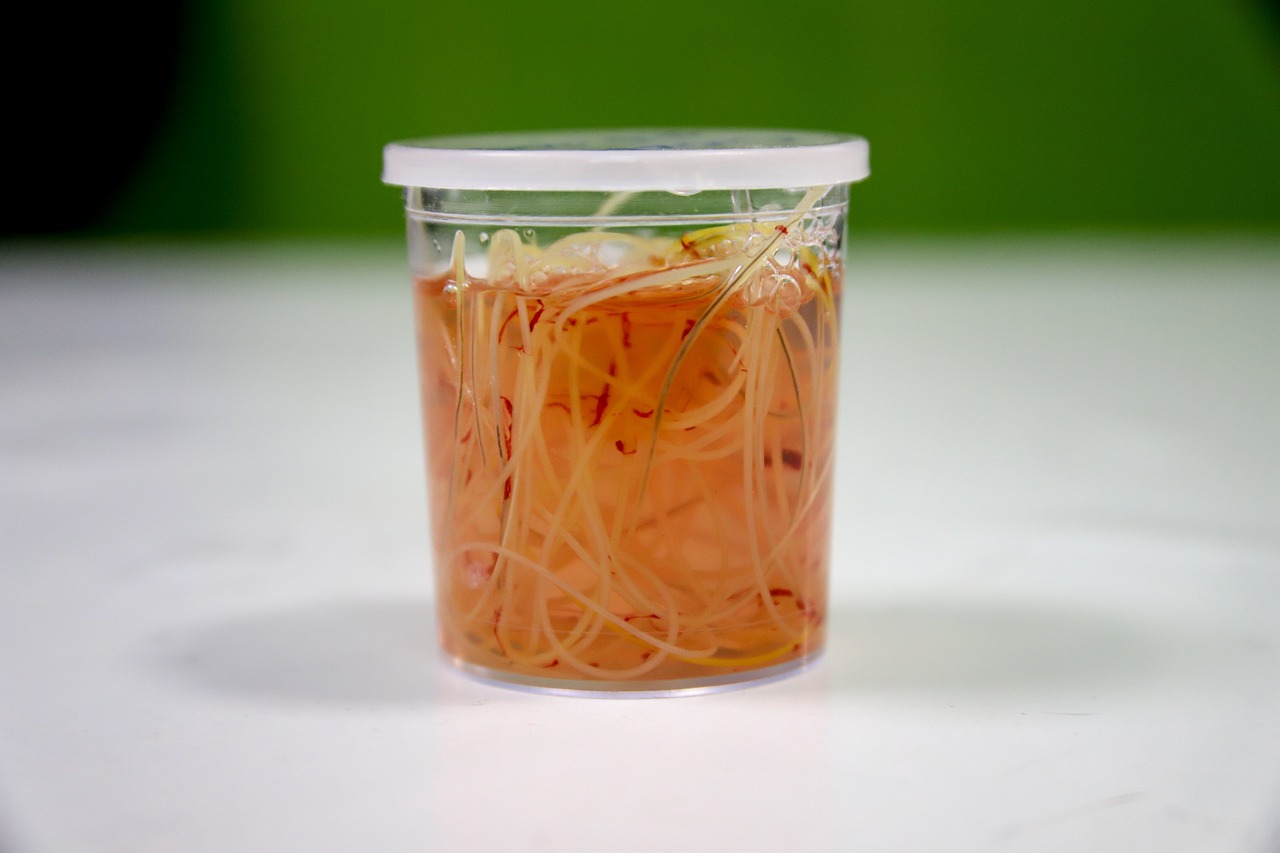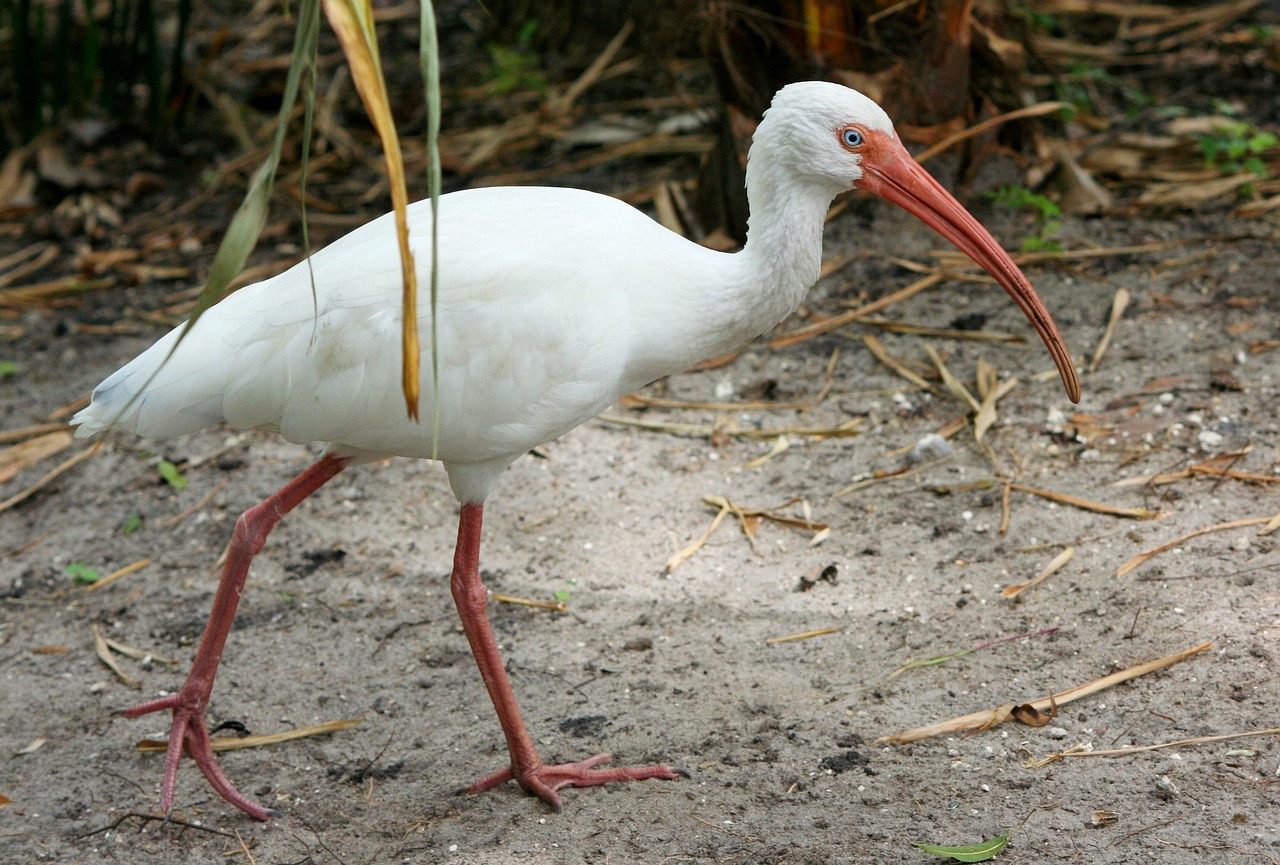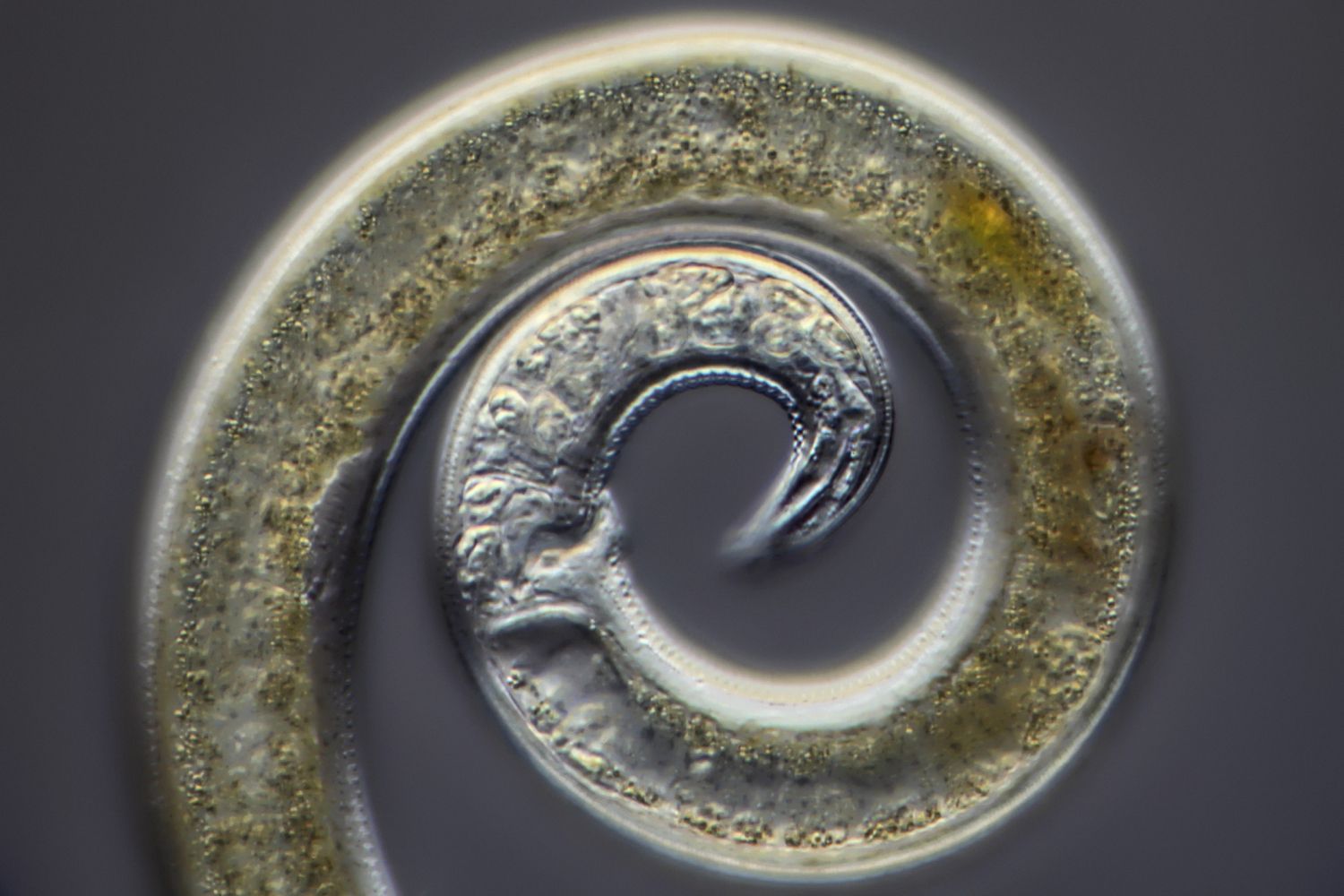Mosquito Math: Daily Temps Outperform Complex Models in Malaria Forecasts
A new study in Nature Communications challenges how scientists have been modeling malaria transmission, offering a simpler and surprisingly more effective way to estimate when and where the disease can spread. Researchers including CEID members Kerri Miazgowicz, Richard Hall, and Courtney Murdock tested whether hourly temperature models, which try to […]










